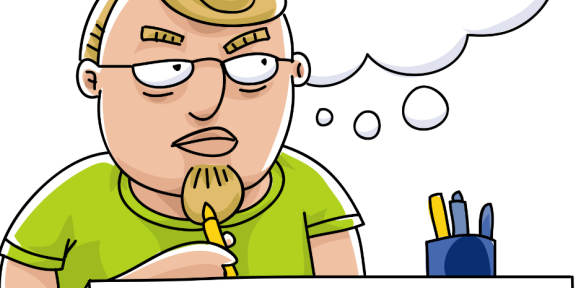Ever wondered about what goes into the process of making an infographic? Try Google-ing “process of creating a data visualization” and you’d be hard pressed to find a good explanation. Maybe the reason why it’s so difficult to find a good resource is because no real formal process exists. Yet despite the lack of a formal process, there are some distinct phases that designers go through when creating these visualizations.
I recently came across a great article from Visualy, where freelance information visualizer,Jan Willem Tulp, discusses just how these popular visualizations are made.
Phase 1: It’s all about the data
Not surprisingly the first step in the process is all about data collection. It’s important not to rush through this step as it can quickly lead to a case of “garbage in, garbage out”. Instead try and think of it as the more time you spend familiarizing yourself with the data, the better your end visualization will be. Jan Willem Tulp offers up some good questions that can help you work through this process of data familiarization:
- Is it a large dataset or a small one?
- What’s the format? Excel? JSON? Does it need to be scraped first?
- How complex is it?
- How useable is it? Can it be directly inputted into a visualization, or does it need some restructuring done first?
- What’s the quality of it? Does it need some cleaning, or maybe there’s some data translation needed? (ex. Fahrenheit to Celsius)
Taking some time and answering these questions helps give the people involved a sense and the complexity of the data. It also helps start kick start the creative juices which greatly assists with supplying a sense of what the potential visualization may look like. There’s a lot of heavy lifting that goes on here, but the moral is that it’s well worth doing it.
Phase 2: Analysis and Finding that Story
Sometimes the story is clear at the onset. For example, a data visualization may be required as an illustration to accompany an already written article. In this example, “a visualization is used to amplify the story in the article, and you needn’t do much – or any – analysis of the data in order to find an interesting story,” says Tulp.
However in most other cases, a project will start with a data set and the question “can you create something interesting from this data set?” In this case it’s up to you to analyze the data and see if you can sniff out something interesting. This vetting is usually done in the early stages of the project, since it helps give some direction of “how to evolve the data visualization.” Analyzing data may require some data mining or statistics in order to come up with interesting insights.
Phase 3: Put the Pieces Together
Now that you’ve familiarized yourself with the data and have come up with a story to tell, it’s time to put it all together and design the visualization. Here you will have to play around to find a visual representation that works for both the data set and the message or story you want to communicate. This means that it’s an evolutionary process: you’ll have to create several intermediate visualizations before ending up with the final result. Because data visualization is nearly a literal translation of numerical data to a visual representation, “it is hard to sketch out some shape or form first, and then try to squeeze the data into that form; for data visualization, form follows data.”
All of the steps in this process can be super simple or incredibly complex requiring a large amount of work. Tulp points out that designing infographics or any data visualization for that matter is “a very explorative and iterative non-linear process, where each step can be revisited many times.” While there is no hard and fast process by which to create visuals, the most important characteristic of this process is that it’s always explorative and iterative. It’s what makes the whole process enjoyable; you see the improvements as the project progresses.

